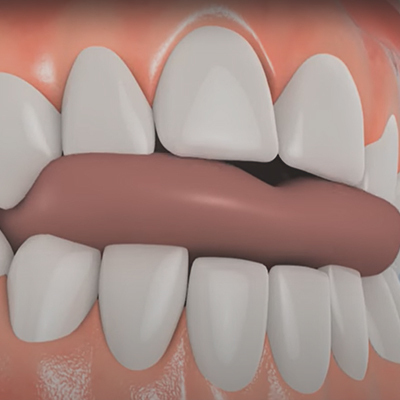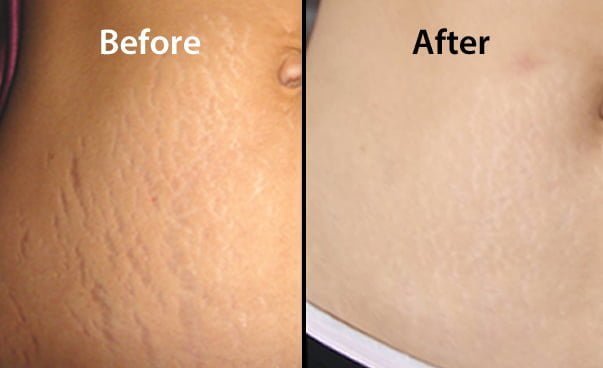What Is Shave Teeth Down? Fixing Uneven Bite

Shaving teeth down, also known as dental contouring or reshaping, is a cosmetic dentistry procedure used to correct minor imperfections in the shape or alignment of teeth. It involves subtly reshaping the enamel of one or more teeth to achieve a more harmonious and balanced smile. This technique can be particularly useful for addressing issues related to an uneven bite, where the upper and lower teeth do not meet properly when the mouth is closed.
An uneven bite, or malocclusion, can lead to a variety of issues, including difficulty chewing, increased risk of tooth wear, jaw pain, and even headaches. While severe cases of malocclusion may require more invasive treatments like orthodontics or oral surgery, mild to moderate cases can sometimes be corrected through less invasive means, such as shaving teeth down.
The Procedure
The process of shaving teeth down is typically straightforward and can often be completed in a single visit to the dentist. Here’s a general overview of what you might expect:
Consultation: The first step is a consultation with a dentist to determine if reshaping your teeth is the right solution for your specific issue. The dentist will examine your teeth and bite to assess the extent of the problem and discuss potential outcomes.
Anesthesia: Usually, this procedure can be done without anesthesia since it involves only the enamel and not the sensitive inner layers of the tooth. However, if you’re particularly sensitive, your dentist might use a local anesthetic to ensure your comfort.
Reshaping: The dentist uses a drill or laser to carefully remove small amounts of enamel from the teeth. The goal is to make subtle adjustments that improve the alignment and overall appearance of your smile.
Polishing: After reshaping, the teeth are polished to smooth out any rough edges and give them a natural shine.
Follow-Up: You might need a follow-up visit to check on the progress and make any necessary adjustments.
Considerations
Before deciding on having your teeth shaved down, there are several considerations to keep in mind:
- Irreversibility: Since this procedure involves removing enamel, it is irreversible. Once enamel is removed, it cannot be regrown or replaced except through restorative means like crowns or veneers.
- Sensitivity: Some people may experience tooth sensitivity after the procedure, though this is often temporary.
- Cost: The cost can vary depending on the location, the dentist’s expertise, and the extent of the work needed. It’s generally considered a cosmetic procedure, so it may not be covered by insurance.
- Alternatives: Depending on your specific issues, alternatives like orthodontic treatment, veneers, or crowns might be more appropriate or effective.
Maintaining Your Smile
After having your teeth shaved down, maintaining good oral hygiene is crucial. This includes regular brushing, flossing, and dental check-ups. Additionally, avoiding habits that can damage teeth, such as biting your nails or chewing on hard objects, can help extend the life of your dental work.
In conclusion, shaving teeth down can be an effective and minimally invasive way to correct an uneven bite and improve the overall aesthetics of your smile. However, it’s essential to weigh the potential benefits against the risks and consider all available options under the guidance of a dental professional.
Practical Application Guide
For those considering this procedure, here’s a step-by-step guide to prepare and what to expect post-procedure:
- Research: Look into the procedure, its benefits, and its risks. Understanding what the process entails can help manage expectations.
- Consultation: Schedule a consultation with a dentist. This is a crucial step in determining if teeth reshaping is right for you.
- Preparation: If you decide to proceed, your dentist will guide you on how to prepare, which may include avoiding certain foods or medications beforehand.
- Procedure: Attend your scheduled appointment. The procedure is relatively quick, but the time can vary depending on the extent of the work.
- Recovery: Follow your dentist’s instructions for post-procedure care. This may include avoiding hot or cold foods for a while and maintaining meticulous oral hygiene.
- Follow-Up: Attend any follow-up appointments as recommended by your dentist to ensure the procedure was successful and to address any concerns.
FAQ Section
Is shaving teeth down painful?
+Generally, the procedure is not painful and can be done without anesthesia. However, if you're sensitive, your dentist might use a local anesthetic to ensure your comfort during the procedure.
How long does the procedure take?
+The time required for the procedure can vary depending on the number of teeth being reshaped and the extent of the adjustments needed. Typically, it can be completed in a single visit to the dentist, ranging from 15 minutes to an hour or more.
Can anyone get their teeth shaved down?
+No, not everyone is a candidate for this procedure. It's best suited for individuals with minor imperfections in their teeth or bite. Those with more significant issues may require alternative treatments. A consultation with a dentist is necessary to determine if teeth reshaping is appropriate for your specific situation.
In the realm of cosmetic dentistry, shaving teeth down represents a subtle yet effective approach to enhancing the appearance and function of your smile. By understanding the procedure, its implications, and the considerations involved, you can make an informed decision that aligns with your oral health goals and aesthetic preferences.

